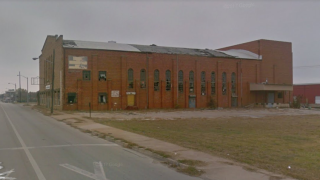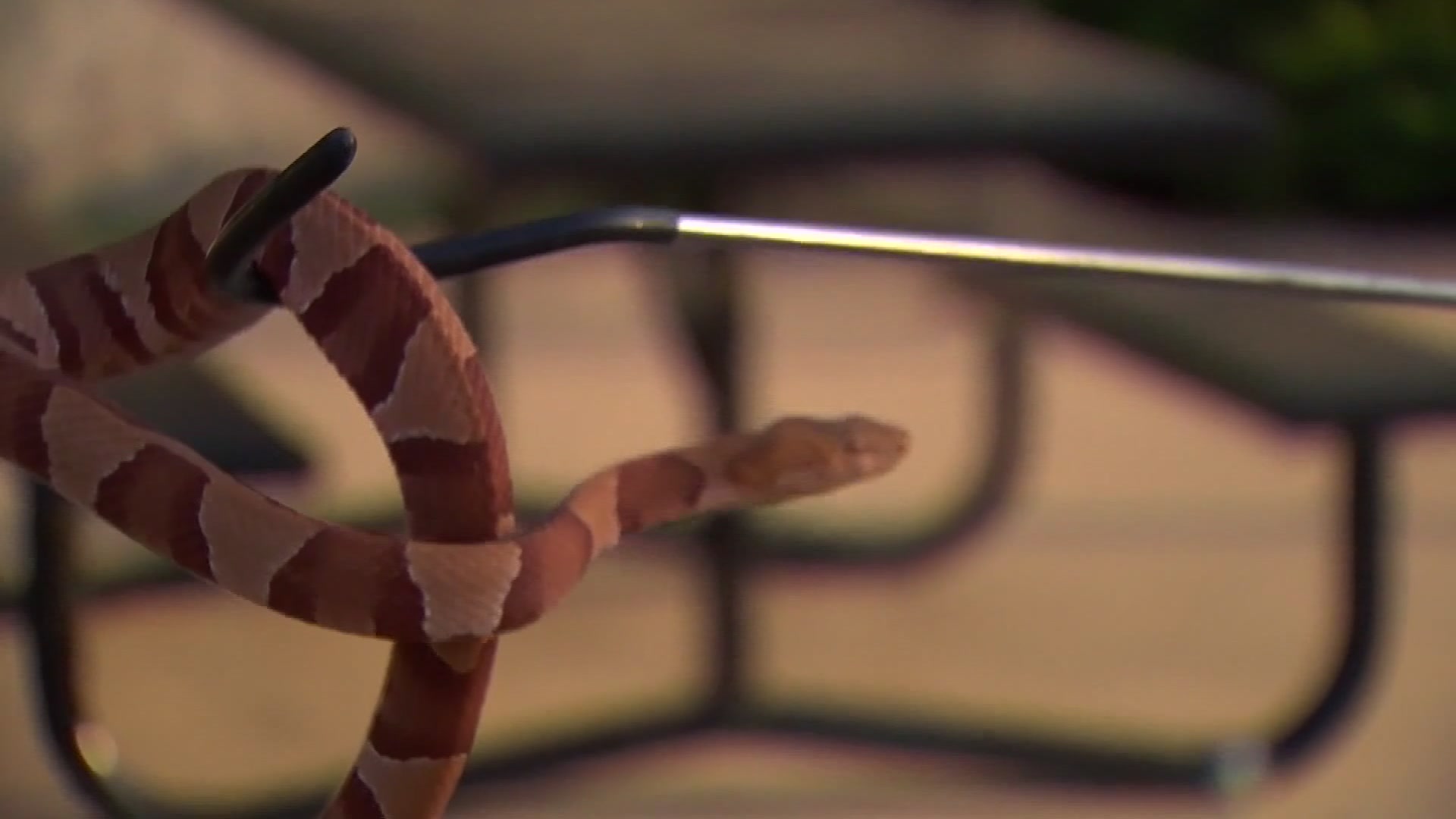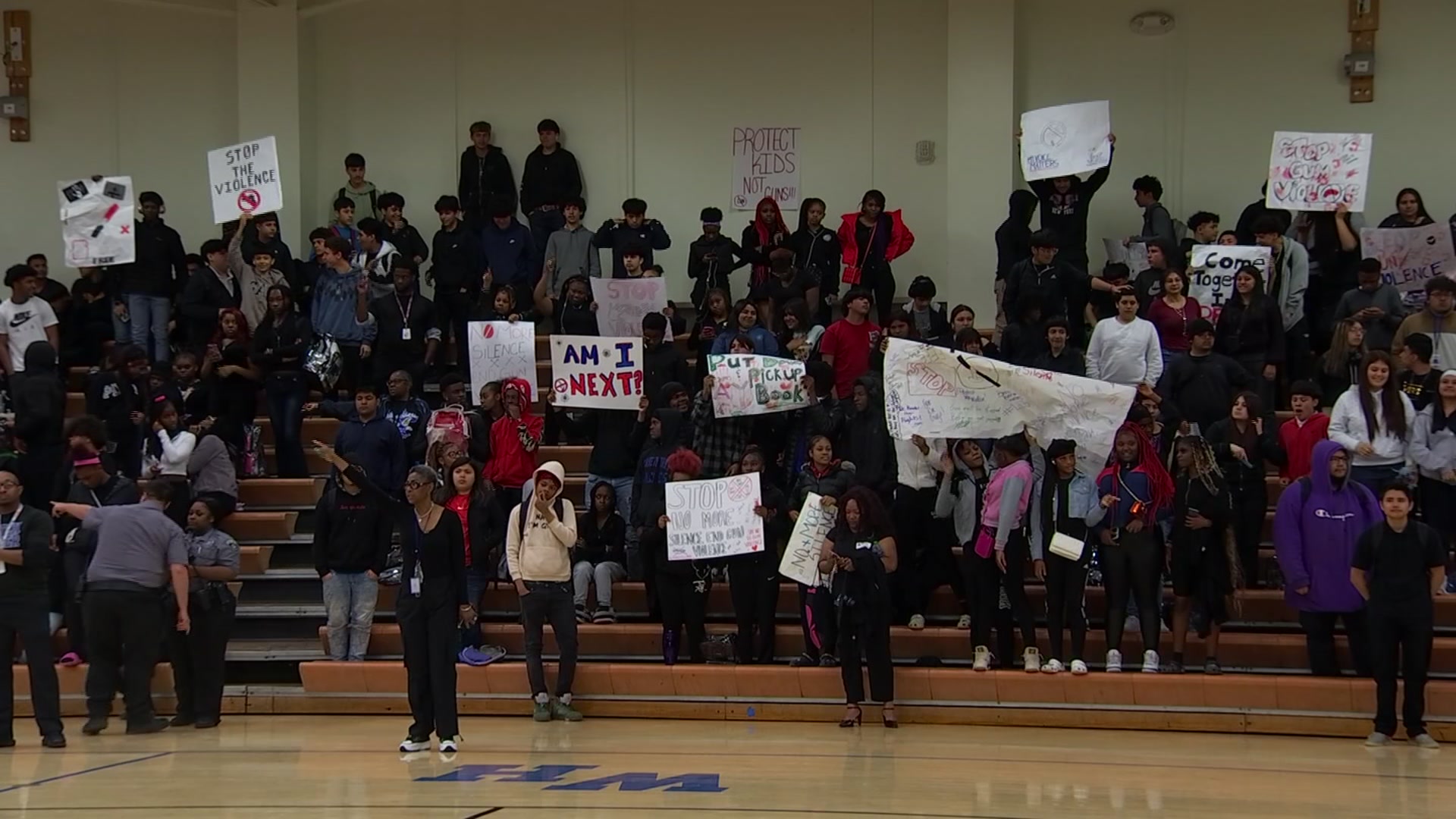
The building at 1012 N. Main St. is unremarkable -- a brick shell that appears to be little more than a relic of Fort Worth's industrial past. But in 1925, it marked the power of racism in Texas as Klavern 101, a meeting hall for Tarrant County's Ku Klux Klan within sight of the courthouse.
For a year the building has been caught between two futures: one as a center for inclusion and restorative justice, the other as a pile of rubble to be forgotten.
Though the Klan held the building for only a few years, that dark portion of its history is the focus of a Fort Worth coalition hoping to re-purpose the space by making it a center for arts and community healing, according to the Fort Worth Star-Telegram.
Nationally, much of the recent energy around racial justice has focused on removing statutes, including a Confederate monument on the Tarrant County Courthouse lawn, but Daniel Banks, Adam McKinney and a growing group believe they can accomplish something more lasting by transforming the former Klavern hall.
"The building has been a monument for almost 100 years, with its message frozen into the landscape of Fort Worth," Banks said, calling it a "monument to violence."
"It's a monument to anti-Blackness, anti-Hispanic, anti-immigrant, anti-Jewish, anti-Catholic, anti-LGBTQ people," he continued. "We have the ability to change that message. We have the ability to create a living monument to creativity, to liberation, to love and to freedom."
They hope to call the building The Fred Rouse International Center and Museum for Art and Community Healing, named after a Black strikebreaker lynched in December 1921.
Local
The latest news from around North Texas.
Banks and McKinney pitched repurposing the building last year as a home for DNAWORKS, a service organization they co-founded that promotes cultural expression through the performing arts. The effort has grown and now includes Opal Lee, SOL Ballet Folklorico, the Tarrant County Black Historical and Genealogical Society, The Tarrant County Coalition for Peace and Justice and The Welman Project, a nonprofit that adapts surplus materials and new clothing for schools and other groups for free.
The coalition had hoped to secure a North Texas Community Foundation ToolBox grant to underwrite a feasibility study for its idea, but that didn't come through, Banks said.
Instead, earlier this month it learned The Projects Group, a Fort Worth-based project management firm, would complete the study pro bono while Boston-based MASS Design Group would provide some renderings and design concepts. MASS Design has also agreed to operate as the project's fiscal agent, receiving funding for the coalition as it finalizes a business model, Banks said.
The firms raise the credibility of 1012 Leadership Coalition's idea. The Projects Group has worked on many Sundance Square projects, and more recently managed the Dickies Arena construction and renovations at the Amon Carter Museum. MASS Design developed the design of the National Memorial for Peace and Justice in Montgomery, Alabama.
John Stevenson, vice president and project director at The Projects Group, said he had long known there was something "strange" about the building at 1012 N. Main St. The firm focuses on cultural and performing arts projects.
"You can feel that there's emotion contained in it, and you can feel that emotion around it when you spend time around the building," he said.
The building has spent most of its life as a mundane warehouse.
The original KKK came to power in the years following the Civil War. In 1916, as the Klan was regaining power across the country, a Fort Worth assistant police chief decided to form a Klan group. He recruited friends, including police officers, said historian Richard Selcer.
Around 1920, the group decided it needed a building of its own and constructed the first Klavern at the site. That building burned down under odd circumstances. Arson wasn't proven and an electrical failure may have been the culprit, but the longstanding story is the building was firebombed, according to Star-Telegram archives.
Not deterred, in 1925 the Klan rebuilt the hall. Along with hosting Klan gatherings, it served as a community center and auditorium.
The Klan sold the building a few years later, and in the 1930s it hosted professional wrestling and amateur boxing. The Ellis Pecan Company bought the venue in 1946. It has been mostly vacant since the early 2000s.
While many people may be unaware of the Klan's presence in Fort Worth, McKinney said its legacy has been woven into the city's cultural history. Re-imagining the Klan hall allows the city to "tell the truth" about its history while placing those the Klan sought to oppress at the center of the conversation, he said.
"We believe that in transforming this building we have the opportunity to perform community and healing as a way to subvert the history of racism," McKinney said.
Opal Lee, a 93-year-old activist who has fought for decades to make Juneteenth a national holiday, said she has watched recent protests over inequity and police brutality and admires the renewed energy among young people for justice.
The 1012 N. Main project may provide a way to channel some of that energy into a lasting tool for healing, she said. A lot of time has been spent listening to city leaders discuss what can be done to improve equity in Fort Worth, she said, but repurposing the former Klan hall is something the community can take real action on now.
If everything works out, she wants to move her Juneteenth museum to the building.
"I just believe if we roll up our sleeves and get together we can get a hell of a lot more done," she said.
The group is making strides, but one major hurdle remains: raising enough money to buy the property from the current owners, Sugarplum Holdings of Fort Worth. Sugarplum has city approval to tear down the building.
Attempts to reach Sugarplum Holdings were unsuccessful. Last July, when the owner first sought a demolition permit, an attorney representing told the Historic and Cultural Landmarks Commission that the owners supported a delay of demolition and exploring alternatives for the site.
Few details about Sugarplum's plan for the site have emerged. An engineering group it hired wrote in the city application that the auditorium needs $8 million to $10 million worth of work.
The commission granted a 180-day demo delay, but the city has since awarded the necessary permit.
Banks, the DNAWORKS co-founder, said the feasibility study and development plan The Projects Group and MASS Design will put together should help the coalition attract donations needed to purchase the building. He said representatives for the owners have been in touch with the coalition.
The coalition envisions arts training and programming for underserved children alongside mentorship and performance opportunities for early career artists. Part of the space would be open for local and touring artists, particularly those focused on social justice. A museum would focus on civil rights while a marketplace area would provide local artists and small businesses an outlet. A tool library and workshop would also be open for those needing access to such resources, as well as a live/work space for economically challenged artists and entrepreneurs.
It's a lot to pack into the space, but Stevenson said it's doable. Part of the feasibility study will look at how those goals can mesh, he said.
Though SOL Ballet Folklorico is a Hispanic dance school, director Freddy Cantu envisioned the Fred Rouse Center as a "safe haven" for dancers from all cultures. The proximity to downtown, and placement along the Trinity River bypass channel that's planned to form Panther Island, give the center a prime location and "bragging rights."
"I definitely feel it's highly necessary," he told the Star-Telegram in February. "I think the facade of the safety and unity of Fort Worth is starting to crumble down and we're starting to see more and more of how things are trying to be thrown under the rug."
"Now is the time," he said later.
Though the future of 1012 N. Main St. is still up in the air, Lee wondered if the process of making the Fred Rouse Center a reality might offer a chance for reconciliation before shovels dig in or hammers start pounding.
"I guess I can dream, but wouldn't it be wonderful if the descendants of Klan people would come and help us get this thing together?" she asked.



